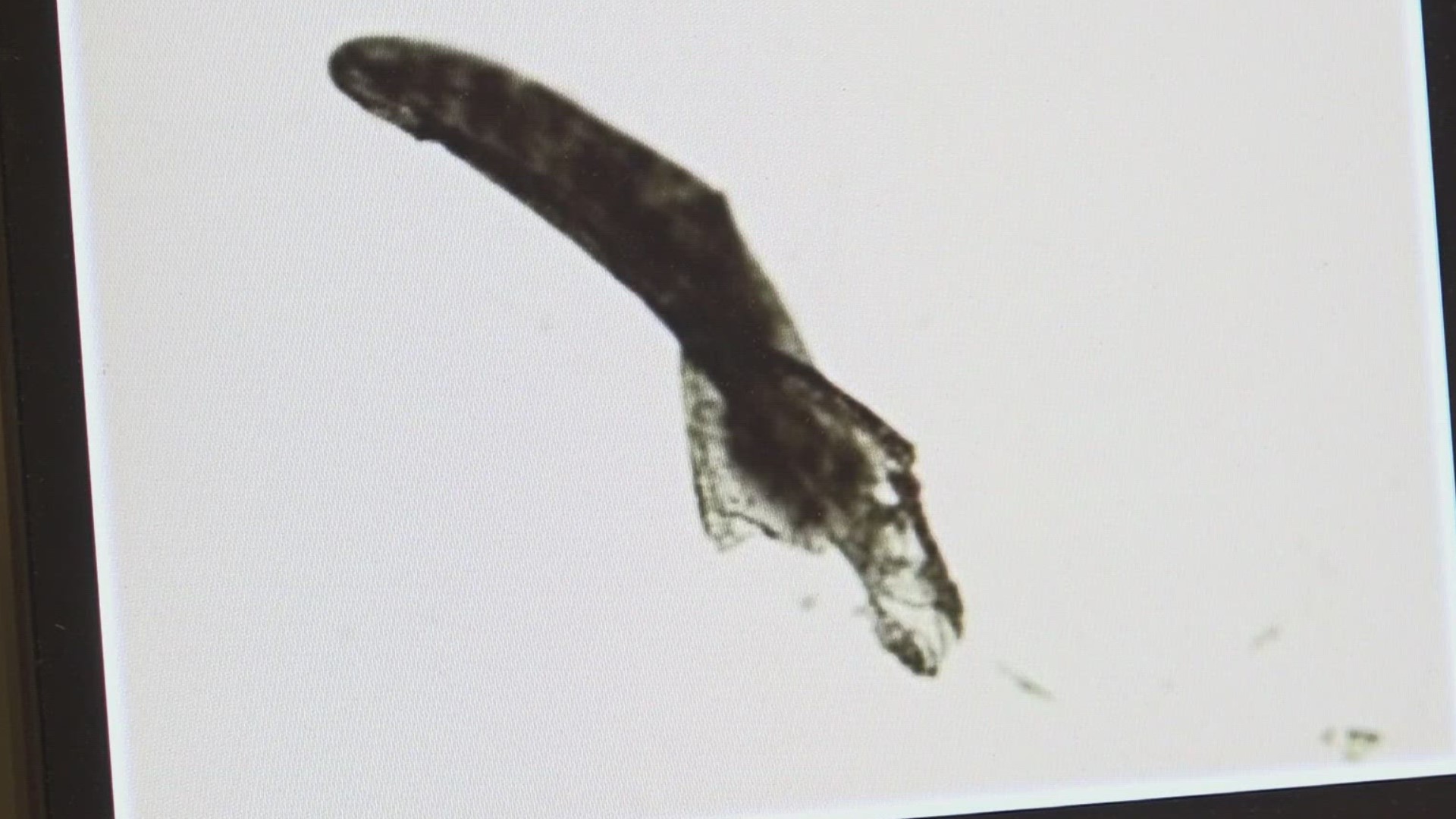PHOENIX — Arizona State University researchers aren’t just finding desert critters or the fungus that causes Valley Fever in soil in and around the Phoenix metro. They are now are finding more and more microplastics.
After examining soil samples taken in the same locations in 2005 and in 2015, researchers said they are finding up to three times the number of microplastics.
Microplastics are usually characterized as plastic pieces less than 5mm in size.
Kanchana Chandrakanthan, a fourth-year doctoral student in ASU’s School for Molecular Sciences, is among the researchers who examined the soil samples taken from not only urban areas of the Valley but in preserves and nearby deserts.
Chandrakanthan notes that the team found a lot of fibers, which are long pieces of microplastics, in many of the samples as well.
“We think that is a very significant finding in terms of what it tells us in terms of like the overall plastic production from where this microplastics come from through, like the degradation and things like that,” Chandrakanthan said.
On the recently published findings, Chandrakanthan said there were some unexpected results.
“Even the relatively remote areas, like some of the national preserves, some areas did still see some high concentrations of these microplastics,” Chandrakanthan said.
The researchers were able to see pieces of microplastics as small as one tenth of the thickness of human hair, but anticipate there are probably even smaller microplastics they weren’t able to see.
While microplastics in oceans have caught attention, ASU Professor Pierre Herckes said the research on land matters.
“It shows the impact that humans have on the environment,” Herckes said. “Because, I mean, plastics, they are purely made by us and so we really impact everywhere, and then they have effects both on the environment and potentially also on humans.”
Herckes said he hopes the public will take away from these findings the importance of not only using fewer plastics but also the importance of properly disposing of the ones that are used.
“If we use them, we should make sure that we don't mismanage our waste. So don't throw things wherever, don't litter, even relatively small pieces,” Herckes said.

